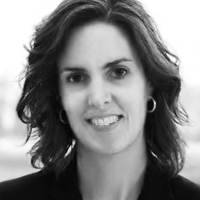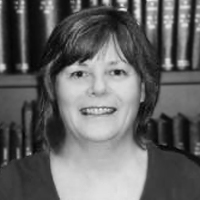Question
When should advanced signal processing be used / not used for infants or children?
Answer
At this point, there is very little research regarding the application of advanced technologies with infants or children. One main thing to consider is whether or not the caregiver and/or the child can reliably apply the technology in the appropriate situations. Since incidental learning is a large part of how the child learns to attach meaning to sound, reducing noise or sound from certain locations may not be desirable. Advanced technologies should be considered on a case by case basis with careful consideration of the child's listening needs and the caregiver's understanding of the technology being applied.
What is the most accurate and practical way to verify hearing instrument performance for infants and young children?
Performing predictions, simulations, or coupler-based real-ear measurements have been shown to be an accurate and practical way to verify hearing instruments for the pediatric population (Seewald et al., 1999). Infants are not able to participate in real-ear measurements of hearing aid performance. Young children are not likely to sit still and quiet while facing a speaker for the duration of time it takes to make adjustments to the hearing aid at various levels and frequencies. By applying the RECD, the performance of the hearing aid can be predicted in the real-ear by making measurements in a controlled test-box environment. And when compared to actual real-ear measurements, it is accurate to within ±2 dB on average (Seewald et al., 1999). When the child is old enough to remain quietly seated in front of a loud speaker for real-ear verification, this strategy can be applied.
References
Bagatto, M., Moodie, S., (2007, October 8). Learning the Art to Apply the Science: Common Questions Related to Pediatric Hearing Instrument Fitting. Audiology Online, Article 1886. Accessed from the Article Archives from /articles/article_detail.asp?article_id=1886
Seewald, R.C., Moodie, K.S., Sinclair, S.T., and Scollie, S.D. (1999). Predictive validity of a procedure for pediatric hearing instrument fitting. American Journal of Audiology, 8(2), 143-152.
Marlene Bagatto, Au.D., is a Research Associate and Sheila T. F. Moodie, M.Cl.Sc., is a Research Audiologist at the National Centre for Audiology at the University of Western Ontario in London, Ontario, Canada.


